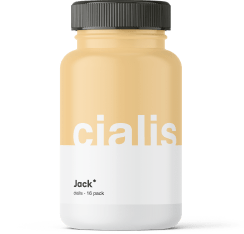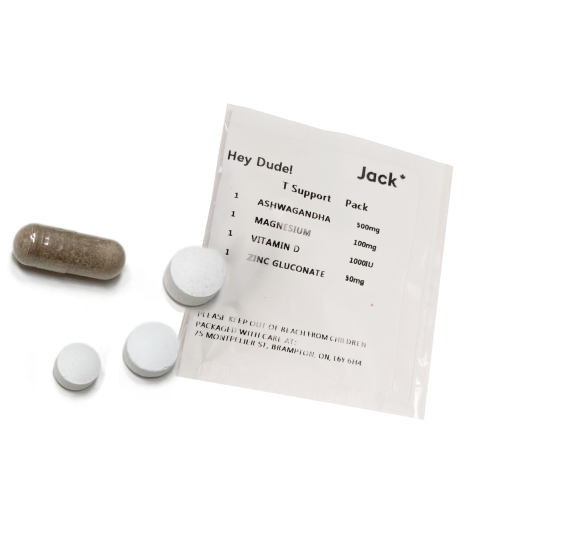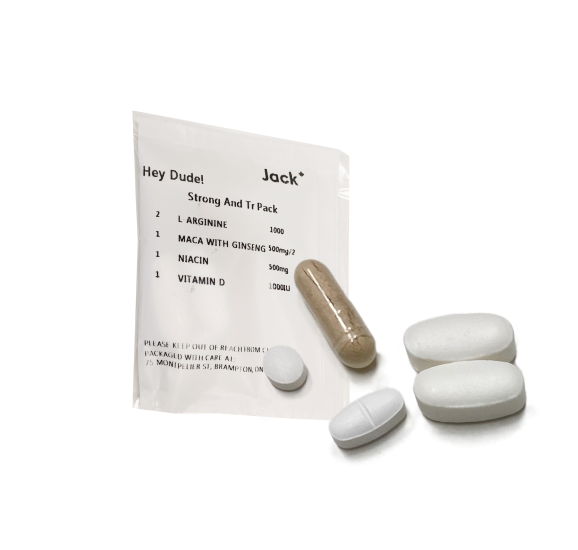Choosing the right testosterone replacement therapy (TRT) can be pivotal for individuals facing low testosterone levels, a condition that can affect everything from mood and energy to muscle mass and overall health.
With options like testosterone gel and injections available, understanding the distinct advantages each method offers is crucial for making an informed decision that aligns with your lifestyle, health goals, and personal preferences.
By highlighting key differences and considerations, we aim to provide a comprehensive guide to help you navigate the choice between these two popular TRT methods, ensuring you select the option that best supports your journey to improved well-being.
What is Testosterone Gel?
Testosterone gel is a form of hormone replacement therapy (HRT) that is applied directly to the skin to boost testosterone levels in individuals experiencing hypogonadism or lower-than-normal testosterone levels. Having almost similar application process as the Androderm Testosterone Patch, when rubbed onto areas such as the arms, shoulders, or abdomen, this gel penetrates the skin to release testosterone into the bloodstream gradually.
The convenience of gel application allows patients to administer their treatment in the comfort of their own homes without the need for needles or injections. While the absorption rate is variable among individuals, it is designed to simulate the body’s natural rhythm of testosterone release.
Doctors often prescribe testosterone gels with specific instructions to ensure optimal absorption and effectiveness. Patients are advised to apply the gel consistently at the same time each day to maintain stable hormone levels, which is crucial for achieving the desired therapeutic outcomes, such as improved concentration, energy, and strength.
What is Testosterone Injection?
Testosterone injections deliver testosterone directly into the muscle, typically administered in a clinical setting or at home by the patient or a family member comfortable with performing injections. Testosterone cypionate and testosterone enanthate are common forms used in testosterone replacement therapy (TRT). Injections are known for their ability to rapidly increase testosterone levels, providing a more immediate response compared to other forms of therapy.
Healthcare providers closely monitor the dosage of testosterone injections to adjust the hormone levels efficiently, ensuring the patient achieves the desired effects, such as enhanced muscle mass and strength and an overall improvement in sexual function and mood. The frequency of injections can vary, ranging from every week to every few weeks, depending on the individual’s response and the stability of testosterone levels.
Injections offer a direct method of hormone delivery, bypassing the need for the hormone to absorb through the skin, which can increase the treatment’s onset of action. However, this method requires comfort with needles and the commitment to a somewhat more invasive procedure compared to topical applications.
Do you need Testosterone injections or gel? Here, we discussed if men in their 20s can experience low testosterone.
Comparing Gels and Injections
Exploring the key differences between testosterone gels and injections highlights critical considerations for anyone considering testosterone replacement therapy (TRT). Each TRT option presents unique advantages and challenges, from application methods and absorption rates to dosage control, convenience, side effects, and patient preferences.
Understanding these distinctions is essential for making an informed decision that best suits individual health goals and lifestyle preferences. Whether the appeal lies in the straightforward application of gels or the direct effectiveness of injections, this comparative analysis aims to guide you toward the TRT option that optimally supports your well-being.
Testosterone Replacement Therapy: Gels vs. Injections
The main difference between testosterone gels and injections lies in their method of delivery, which impacts everything from absorption rates and convenience to side effects and patient preferences. Gels provide a noninvasive, daily application that allows for steady absorption and mimics the body’s natural hormone release.
In contrast, injections offer a more immediate boost in testosterone levels but require dealing with needles and a potentially less consistent hormone level over time. This section delves into these differences in detail, providing a clear comparison to help individuals choose the TRT option that aligns best with their health needs, lifestyle, and comfort with the administration method.
Application Method and Absorption Rate: Gels are applied to the skin, allowing for gradual absorption into the bloodstream, aiming to mimic natural hormone levels throughout the day. This method reduces the risk of peaks and valleys in hormone levels that some patients experience with injections. In contrast, injections provide a quicker release of testosterone, leading to faster results but requiring careful monitoring to prevent hormonal fluctuations.
Dosage Control and Convenience: Gel applications offer the flexibility of daily dosage adjustments and the convenience of avoiding needles, making it an attractive option for those apprehensive about injections. Injections, while less frequent, require more precision in dosage and the ability to administer or have someone administer the shot.
Side Effects and Patient Preference: Both methods come with potential side effects; gels may cause skin irritation in some individuals, while injections can lead to discomfort or scar tissue formation at the injection site. Patient preference often hinges on lifestyle, convenience, and personal comfort with each administration method.
Ultimately, the choice between testosterone gels and injections should be made in consultation with a healthcare provider, considering all aspects of the patient’s health, lifestyle, and treatment goals. Regular monitoring through blood tests is crucial to ensure the effectiveness of the treatment, regardless of the chosen method, allowing adjustments to be made as needed to achieve optimal health outcomes.
Efficacy and Absorption: Gel vs. Injection
The main difference between testosterone gel and injection in terms of efficacy and absorption revolves around the mechanism of delivery and how the body processes the hormone.
Testosterone gel is applied to the skin, where it slowly penetrates and enters the bloodstream, aiming for a gradual increase in testosterone levels that can closely mimic the body’s natural fluctuations. This method facilitates a steady absorption rate, potentially leading to fewer peaks and troughs in hormone levels and a more consistent effect on mood, energy, and libido.
Conversely, testosterone injections deliver the hormone directly into the muscle, from where it is absorbed into the bloodstream.
This method can lead to a rapid elevation of testosterone levels, offering quick relief from the symptoms of low T. (Some persons say that Erectile Dysfunction is a sign of low testosterone, is this true? Click the link to find out.) However, this can also result in more pronounced fluctuations in hormone levels between doses, which might affect mood and energy levels.
Advantages of Each Method
Choosing the right testosterone replacement therapy (TRT) involves understanding each method’s unique benefits. Whether it’s the ease of application with testosterone gel or the precision and potency of testosterone injections, both approaches cater to diverse needs and preferences.
Benefits of Using Testosterone Gel
Testosterone gel offers a non-invasive, easy-to-use option for those requiring testosterone replacement therapy. Its main benefits include discreet home application, promoting minimal lifestyle disruption. The gel’s method allows for gradual testosterone absorption through the skin, ensuring stable hormone levels that align with the body’s natural rhythms, thereby reducing mood fluctuations and hormonal imbalances. Its dosage can be effortlessly adjusted to meet individual needs, providing a tailored treatment approach. Moreover, for those who prefer to avoid needles, the gel presents a stress-free alternative, contributing to an improved quality of life with fewer side effects.
Why Choose Injections for Testosterone Replacement Therapy?
Why opt for injections in Testosterone Replacement Therapy (TRT)? Injections deliver testosterone directly into the bloodstream, providing rapid and efficient symptom improvement, like enhanced libido, energy, and muscle strength, with less frequent dosing compared to gels. Ideal for those seeking quick results and comfortable with needles, injections enable sustained benefits and significant physical enhancements under medical guidance, ensuring precise dosing and personalized care.
Considerations and Side Effects
When considering testosterone replacement therapy (TRT), it’s vital to balance the benefits against potential side effects. Both testosterone gel and injections have specific considerations impacting health, effectiveness, and lifestyle.
Testosterone Gel: While many tolerate it well, possible side effects include skin irritation at the application site, characterized by redness, itching, or discomfort.
There’s also a risk of transference to others, which can be minimized by allowing the gel to dry and covering the area. Other side effects may include headaches, dry skin, acne, or changes in hair patterns, which are generally mild but can affect the treatment plan.
Testosterone Injections: Often viewed as having fewer side effects due to bypassing the skin, thus avoiding irritation and transference risks, injections can still cause discomfort, bruising, or inflammation at the injection site.
Fluctuations in testosterone levels might occur, potentially leading to mood swings or changes in libido and energy, though these can be managed with proper medical supervision.
Both TRT forms can cause systemic side effects like alterations in cholesterol levels, increased red blood cell count, and prostate health changes. Regular monitoring by a healthcare provider is crucial for ensuring the therapy’s safety and effectiveness.
Practicality and Lifestyle Impact
When evaluating testosterone replacement therapy (TRT) options, it’s crucial to consider how they fit into your daily life and the potential impact on your lifestyle. Each method has its practical considerations, from the frequency of administration to the ease of use and potential side effects.
Daily Life Impact: Gel vs. Injection
The main difference between testosterone gel and injections lies in their integration into daily routines and the overall lifestyle impact. Testosterone gel requires daily application, which can be seen as a benefit or a drawback depending on personal schedules and routines.
The need to apply the gel at the same time each day for optimal effectiveness requires a degree of routine and consistency. However, this method provides a steady supply of testosterone, potentially leading to more stable hormone levels and mood over time.
On the other hand, testosterone injections are typically administered weekly or bi-weekly. While this reduces the daily burden of remembering treatment, it requires comfort with needles and possibly assistance from a healthcare provider or a family member. The less frequent dosing can fit more easily into busy schedules but may lead to fluctuations in testosterone levels that some find challenging to manage.
Choosing between gel and injection often comes down to personal preference, lifestyle, and how each method affects one’s daily life. Those who prefer a “set it and forget it” approach may lean towards injections, while individuals who value steady hormone levels and have a consistent daily routine might find gels more appealing.
Skin Irritation with Testosterone Gels vs. Injection Convenience
Skin irritation is a notable concern for those using testosterone gels. The area of application can become itchy, red, or uncomfortable for some users, potentially leading to discontinuation of the therapy. Waiting for the gel to dry and covering the area to prevent transference adds extra steps to one’s daily routine, which might be inconvenient for some.
Conversely, the convenience of testosterone injections is significant for those who are comfortable with the procedure.
Despite the initial apprehension some may feel towards using needles, many find the infrequent dosing schedule and the quick administration process more convenient in the long run. Injections eliminate concerns about skin irritation and transference risks associated with gels, making them a straightforward option for many.
Ultimately, the choice between testosterone gel and injections for TRT should be made after careful consideration of how each method fits into your life and personal preferences. Consulting with a healthcare provider can help clarify these considerations, ensuring the selected therapy aligns with your health goals and lifestyle.
Safety and Precautions
Ensuring safety while undergoing testosterone replacement therapy (TRT) involves understanding and mitigating the risks associated with each treatment option. Both testosterone gels and injections come with their own set of safety concerns and necessary precautions to ensure effective and secure therapy.
Safety Concerns: Gel Transfer vs. Injection Risks
The main difference between the safety concerns of testosterone gels and injections lies in their method of administration and the associated risks. For testosterone gels, the risk of accidental transfer to others is a significant concern.
The hormone can be inadvertently passed on to women or children through skin-to-skin contact with the area where the gel was applied, potentially leading to unwanted side effects in these individuals.
This risk necessitates careful application practices, such as applying the gel to areas covered by clothing and thoroughly washing hands after use.
In contrast, testosterone injections primarily pose risks related to needle use, including discomfort at the injection site, potential for infection, and the rare occurrence of scar tissue formation with long-term use. Injections also carry the risk of fluctuations in testosterone levels, leading to possible mood swings or changes in energy levels if doses are not administered consistently.
Precautions for Both Testosterone Gel and Injections
For testosterone gel users, apply the gel to clean, dry skin and let it dry before dressing to prevent transfer. Cover the area with clothing and wait before bathing or swimming to ensure full absorption. Injection users should use proper techniques, rotate sites to avoid discomfort and potential complications, and adhere to the dosing schedule for stable testosterone levels. Regular healthcare monitoring is crucial for both methods to adjust doses and track side effects. Blood tests help monitor testosterone levels and check for impacts on health. Adherence to medical advice is key for effective and safe hormone replacement, whether using gel or injections.
Key Takeaways
- Choice of Administration Matters: The decision between testosterone gel and injections significantly affects the user’s experience, from the immediacy and duration of effects to the practicality of daily routines and side effects. While gels offer convenience and a steadier hormone level, injections provide quicker results and potentially less daily maintenance but require comfort with needles.
- Monitoring and Adjustment Are Crucial: Regardless of the chosen method, regular monitoring by a healthcare provider is essential to ensure the effectiveness of the treatment and adjust dosages as necessary. This ongoing evaluation helps manage side effects, optimize benefits, and make any needed changes to the treatment plan.
- Consider Lifestyle and Personal Preferences: The best TRT option is highly individual and depends on personal health goals, lifestyle preferences, and comfort with the treatment method. Both testosterone gels and injections have distinct advantages and considerations, making it important to discuss these options thoroughly with a healthcare provider to find the most suitable approach for long-term health and well-being.
Frequently Asked Questions
How Long Do Testosterone Gels and Injections Take to Work?
Testosterone gels typically show effects within 3 to 6 weeks, with full benefits like increased muscle mass manifesting after up to 6 months. Injections may offer quicker symptom relief, often within a few weeks, but like gels, the peak benefits can take several months to fully develop. Regular follow-ups with your healthcare provider are crucial to track progress.
Can Testosterone Gel or Injections Affect Fertility?
Yes, both testosterone gel and injections can impact fertility by decreasing sperm production. This is due to their effect on hormone regulation, which reduces the stimulation necessary for sperm production. Individuals concerned about fertility should discuss their treatment options with their healthcare provider.
What Are the Long-term Impacts of Using Testosterone Gel vs. Injection?
The long-term impacts of testosterone therapy generally align between gels and injections, including improved mood, muscle mass, and bone density. Differences might arise in adherence, with some finding daily gel application tedious and potential side effects like skin irritation from gels or scar tissue from injections. Ongoing monitoring is essential to manage these effects and maintain the balance of benefits and risks.
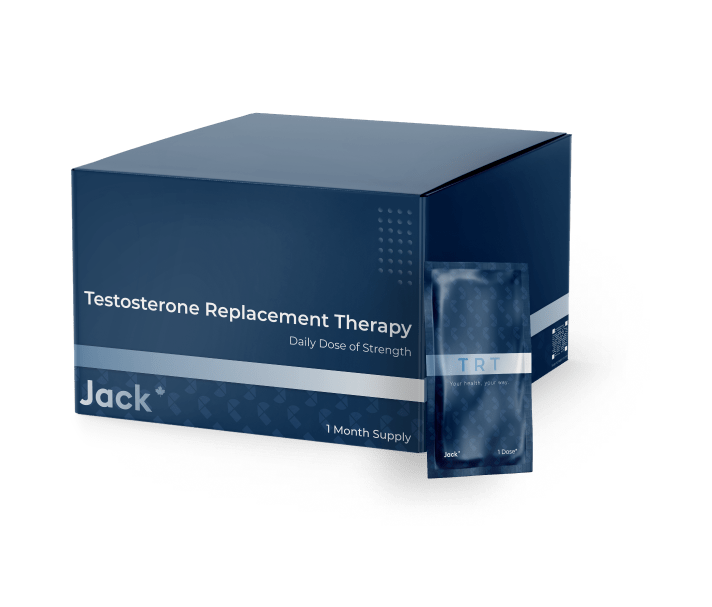





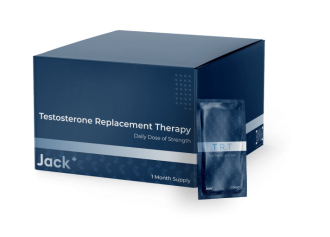
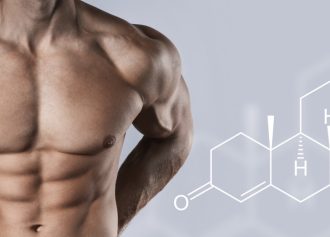







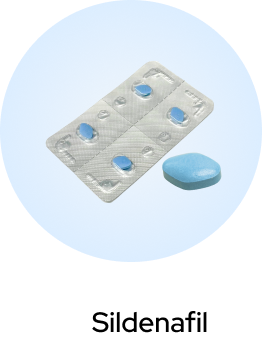
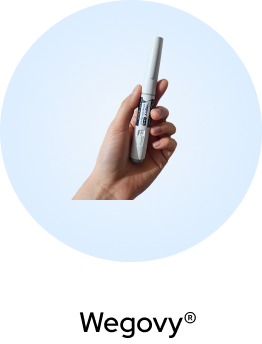
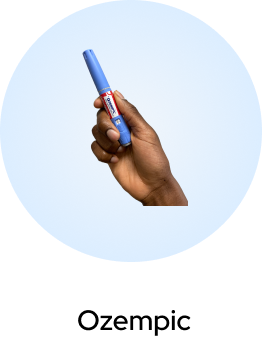


 (US)
(US)